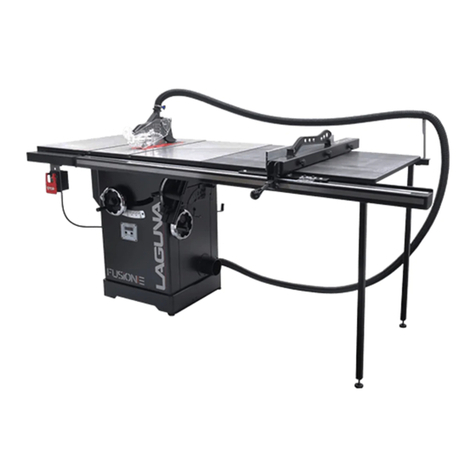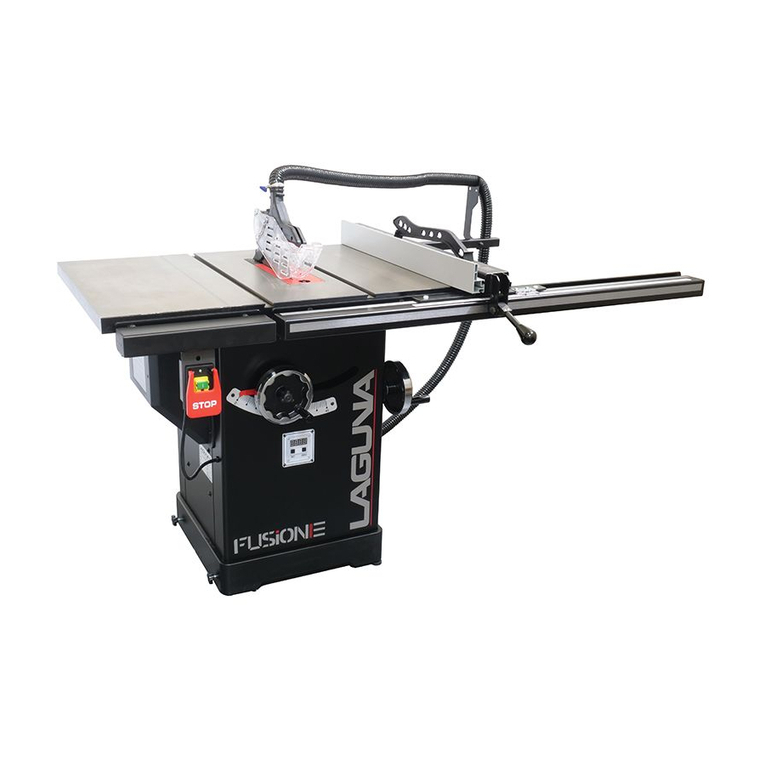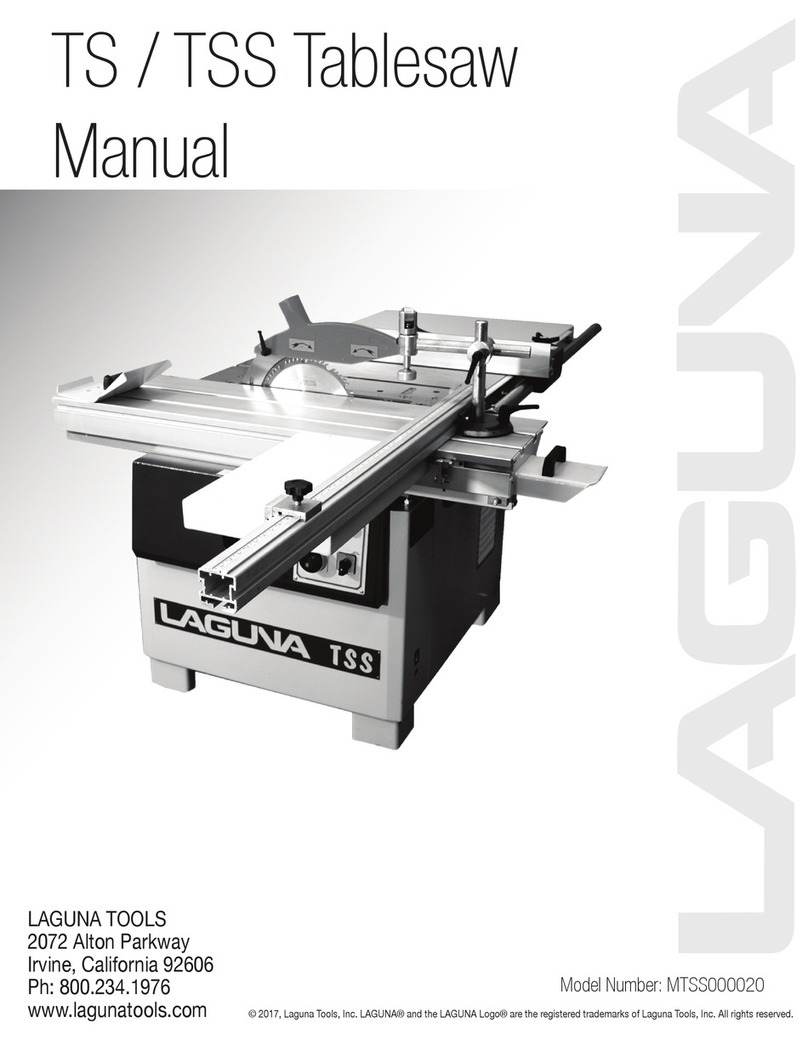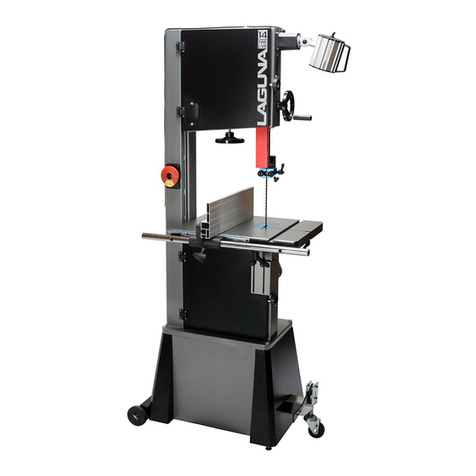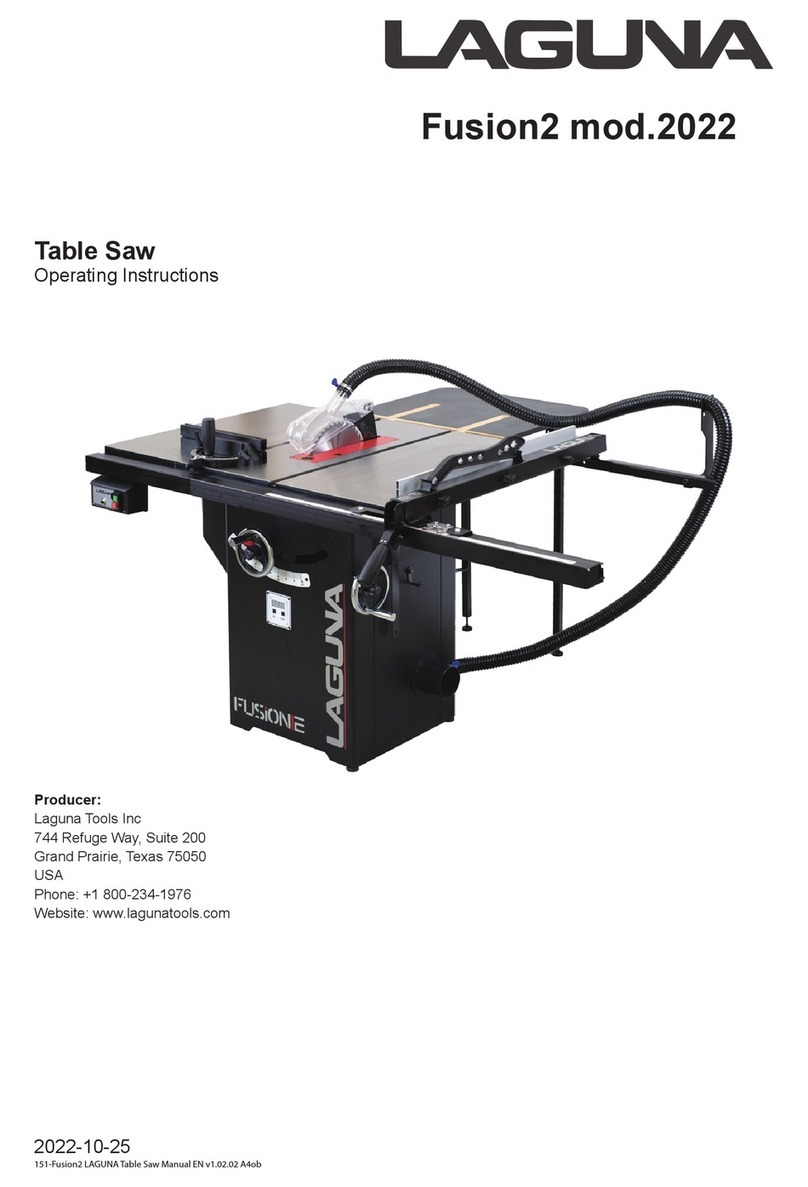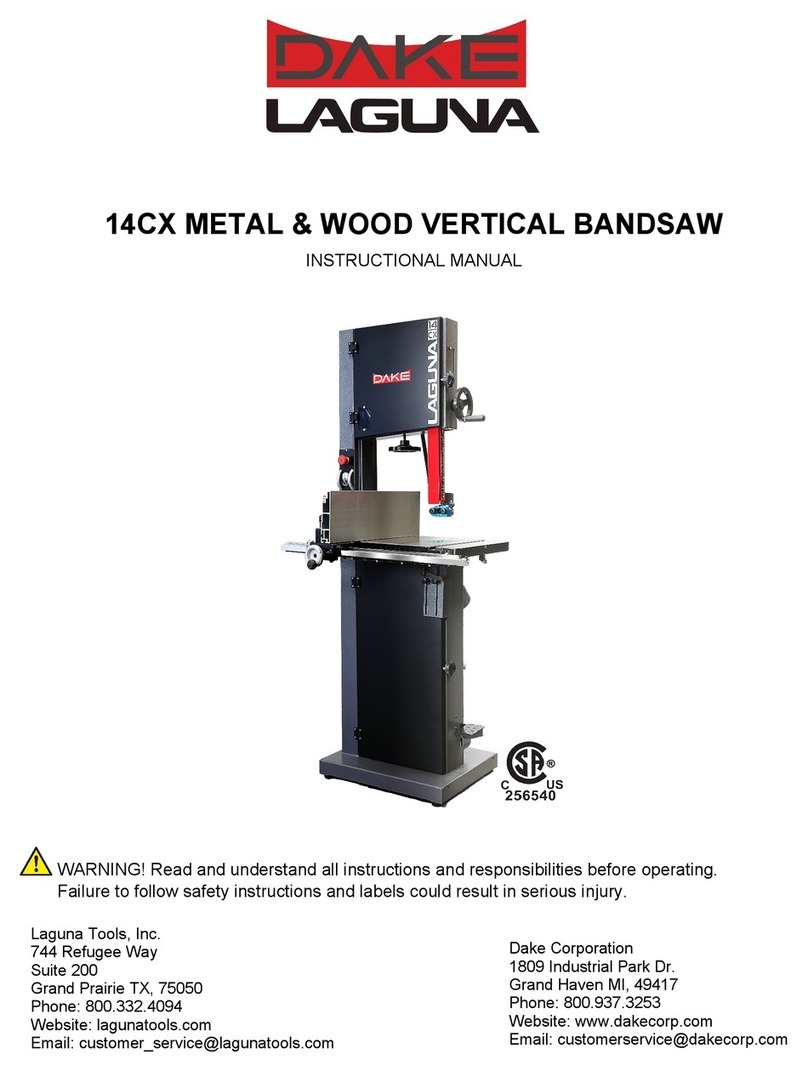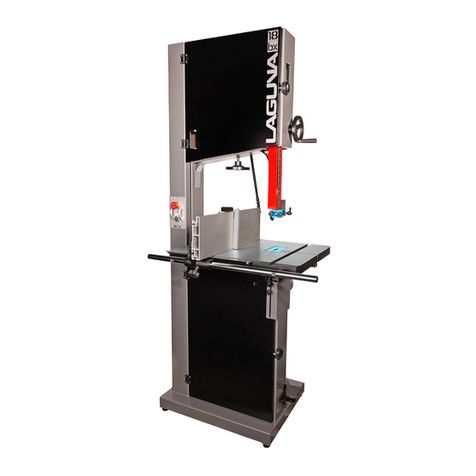
© 09/2019, Laguna Tools, Inc.
Table of Contents
Dear Woodworker
.........................................................................................................................................................................................................
2
Fusion 3 Tablesaw
Specifications
.................................................................................................................................................................................
4
Fusion 2 Tablesaw
Specifications
..................................................................................................................................................................................6
General Safety
.............................................................................................................................................................................................................
8
Tool Overview
.............................................................................................................................................................................................................
15
Controls...................................................................................................................................................................................................................
15
Setup
...........................................................................................................................................................................................................................
16
Receiving and Unpacking
.......................................................................................................................................................................................
16
Inventory .................................................................................................................................................................................................................
16
Loose Parts & Overview
.........................................................................................................................................................................................
17
General
Setup
.........................................................................................................................................................................................................
17
Installing/Removing the Throatplate
.......................................................................................................................................................................
18
Installing/Removing Safety
Accessories
.................................................................................................................................................................
19
Installing/Removing the Blade
................................................................................................................................................................................
20
Adjustments.................................................................................................................................................................................................................
21
Fence
Adjustments .................................................................................................................................................................................................
21
Table
Adjustments ..................................................................................................................................................................................................
22
Arbor and Tilt
Adjustments......................................................................................................................................................................................
24
Accessory
Adjustments...........................................................................................................................................................................................
25
Push Block And Push Stick
.....................................................................................................................................................................................
26
Type of Cut
..................................................................................................................................................................................................................
27
Maintenance
................................................................................................................................................................................................................
29
Internal Components
Map.......................................................................................................................................................................................
29
Trouble-Shooting
.........................................................................................................................................................................................................
30
Wiring Diagram: Fusion F2
230V.................................................................................................................................................................................
31
Wiring Diagram: Fusion F3
230V................................................................................................................. ...............................................................
32
Parts
Diagrams............................................................................................................................................................................................................
33
Fence Assembly
.....................................................................................................................................................................................................
33
Miter Gauge, Blade
Guard
......................................................................................................................................................................................
35
Motor and
Trunnion.................................................................................................................................................................................................
35
Cabinet....................................................................................................................................................................................................................
36
F3 Cabinet
..............................................................................................................................................................................................................
37
Parts List
.....................................................................................................................................................................................................................
38
